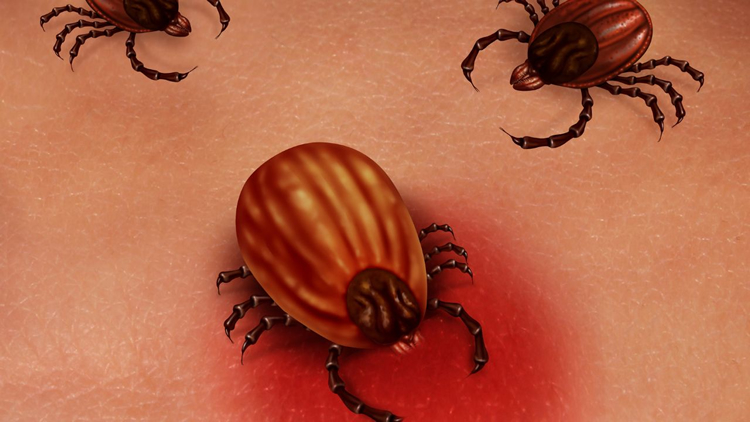Animal overpopulation of any type can have adverse effects on human existence.
The overabundance of black-legged ticks is one such detriment to human and animal life. But have you ever considered what animals cause more black-legged ticks? Perhaps that is not even the most important factor to consider.

What animal results in a larger number of Lyme-infected ticks?
I have spoken about this critter before. The quiet and unassuming character that is responsible for Lyme infected ticks is the white-footed mouse. Why is this mouse so integral in the spread of Lyme disease? They are natural carriers of the bacteria that cause Lyme infection. Not only that, but it is reported that up to 90% of them carry these bacteria. Their place in nature, on forest floors and woodland spaces, make them prime candidates for larval ticks to latch onto. Once that happens, larval ticks become nymphs, which are the biggest spreaders of Lyme infection to humans and their pets.

Do more of these mice result in an increase in Lyme disease cases? Unlike the overpopulation of deer, which can result in more ticks, but not necessarily more cases of Lyme disease, these mice can be directly responsible for an increase in cases.
Also read: How many ways can you get Lyme disease?
Which other animals can be responsible for more Lyme cases?
Having too few, rather than too many, rodent predators can indirectly affect Lyme disease cases. Fewer foxes have resulted in more Lyme-infected mice running around your home or outdoor areas that you frequent. This decrease in small prey predators is directly affected by an increase in coyotes across the United States and Canada. The increase in these dastardly fox killers is a direct result of the elimination of larger game, such as bears and wolves.
Tick control is one answer to increases in Lyme disease.
While we do not all hold the power for decreasing or increasing the predators or prey required to decrease Lyme disease cases, we do have some power in the matter. By employing professional tick control methods, available throughout Central Massachusetts, we can help prevent the spread of Lyme infection. This is not to say that every tick eliminated through these efforts will be a carrier of Lyme bacteria, but the fewer ticks you encounter, the less likely you are to contract any tick-borne infection. The best part is, you can maintain this protection all throughout the year, and help interrupt the life cycle of droves of ticks that live around your home.

Also read: Is dear overpopulation responsible for more deer ticks?